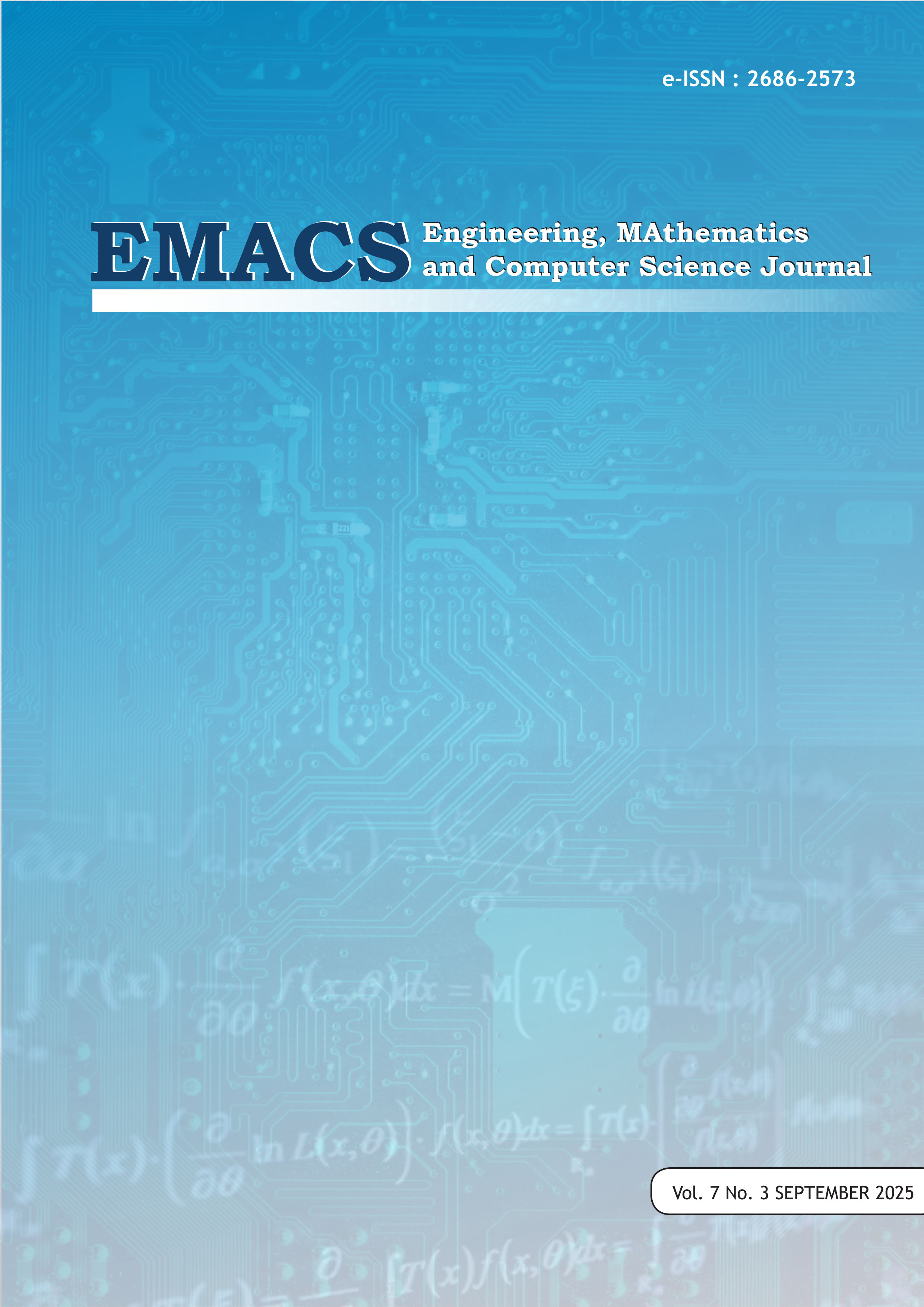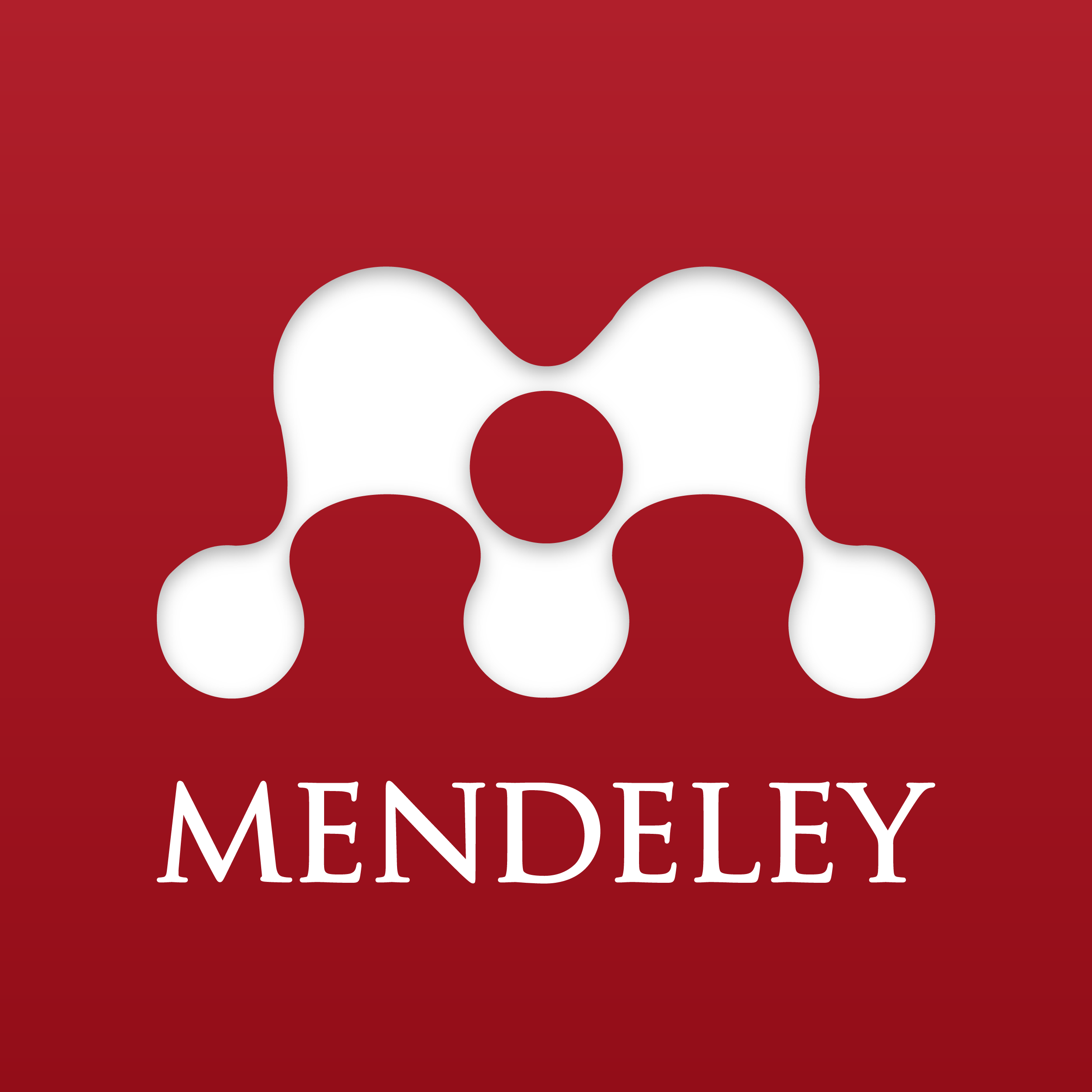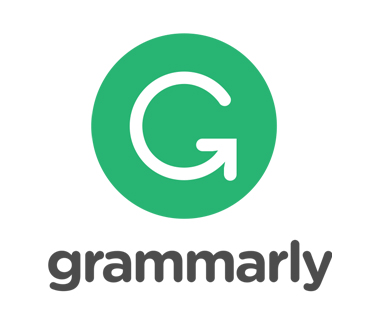Cost Analysis of Construction Cost Planning for Landfill Site
DOI:
https://doi.org/10.21512/emacsjournal.v7i3.13800Keywords:
Landfill construction, Cost estimation, Regression analysis, Infrastructure planning, Construction management, Waste managementAbstract
Accurate construction cost planning is essential to ensure project success, as inaccurate estimates may lead to delays, cost overruns, and reduced quality. Landfill construction, which is more complex than many other infrastructure projects, includes several components such as landfill work, leachate treatment facilities, and supporting infrastructure. The purpose of this study is to determine the major cost factors that have a major impact on the overall cost of building landfill sites. With the aid of SPSS software, a regression analysis was carried out using cost data from six landfill projects in Java Island that were completed between 2013 and 2018. With a Sig value of 0.000 (<0.05) and a very strong correlation (Pearson Correlation 0.991, within the 0.8–1.0 interval), the results show that landfill work (X3) significantly affects total costs (Y). Leachate treatment facilities (X4) are another crucial element in a number of situations, but landfill work (X3) consistently represents the largest portion of construction costs, according to proportion analysis. These results demonstrate the growing significance of environmental facilities and point to landfill work as the main factor influencing landfill construction costs. The study offers contractors and federal and local governments useful information for creating more precise cost estimates, maximizing budgetary allotments, and enhancing planning and development efficiency for landfill projects.
References
Alfiandra. (2009). Study of community participation in 3R waste management in Ngaliyan and Kalipancur sub-districts, Semarang City [Thesis, PPs-UNDIP].
Ali, A. S., & Kamaruzzaman, S. N. (2010). Cost performance for building construction projects in Klang Valley. Building Performance Journal, 1(1), 110–118.
American Association of Cost Engineering (AACE). (1992). Cost engineering skills and knowledge (3rd ed.). ACE.
Asiyanto, et al. (2005). Production management for construction services. Jakarta.
Azwar, A. H. (1996). Maintaining the quality of health services. Sinar Harapan Library.
Barrie, D. S., & Paulson, B. C. Jr. (1984). Professional construction management. McGraw-Hill.
Ceylan. (2008). Determinants of project performance in the Russian construction industry. Journal of Project Management, 58–71.
Chandra, B. (2006). Introduction to environmental health. EG.
Dapu, et al. (2016). Factors causing cost overruns in construction projects. Journal of Civil Statics, 4(10), 641–647.
Hajek, G. V. (1994). Engineering project management. Erlangga.
Memon, A. H., Rahman, I. A., & Azis, A. A. A. (2012). Time and cost performance in construction projects in southern and central region of Peninsular Malaysia. International Journal of Advances in Applied Sciences, 1(1), 45–52. https://doi.org/10.11591/ijaas.v1i1.537
Nurpa’i. (2017). Cost estimation using cost significant model method in road improvement development: Case study of road improvement development in Sukabumi Regency. Sukabumi Regency.
Peraturan Menteri Pekerjaan Umum Nomor 3 Tahun 2013 tentang Penyelenggaraan Prasarana dan Sarana Persampahan dalam Penanganan Sampah Rumah Tangga dan Sampah Sejenis Rumah Tangga.
Perrot, M. W. (2004). The cost estimator's dilemma. AACE International Transactions, 1.
Pivato, et al. (2018). Sanitary landfill costs from design to maintenance: Criteria for determining unit costs.
Project Management Institute (PMI). (2017). A guide to the project management body of knowledge (PMBOK® Guide) (6th ed.). Project Management Institute.
Poh, Y. S., & Horner, R. M. W. (1995). Significant cost modeling—its potential for use in Southeast Asia. Engineering, Construction, and Architectural Management Papers.
Soeharto. (1997). Project management: From conceptual to operational. Jakarta.
Undang-Undang Republik Indonesia Nomor 18 Tahun 2008 tentang Pengelolaan Sampah.
United Nations Environment Programme (UNEP). (2005). Solid waste management. United Nations Environment Programme.
Downloads
Published
How to Cite
Issue
Section
License
Copyright (c) 2025 Nurhayati Junaedi, Ridho Bayuaji, Alfred Jonathan Susilo

This work is licensed under a Creative Commons Attribution-ShareAlike 4.0 International License.
Authors who publish with this journal agree to the following terms:
- Authors retain copyright and grant the journal right of first publication with the work simultaneously licensed under a Creative Commons Attribution License - Share Alike that allows others to share the work with an acknowledgment of the work's authorship and initial publication in this journal.
- Authors are able to enter into separate, additional contractual arrangements for the non-exclusive distribution of the journal's published version of the work (e.g., post it to an institutional repository or publish it in a book), with an acknowledgment of its initial publication in this journal.
- Authors are permitted and encouraged to post their work online (e.g., in institutional repositories or on their website) prior to and during the submission process, as it can lead to productive exchanges, as well as earlier and greater citation of published work.
USER RIGHTS
All articles published Open Access will be immediately and permanently free for everyone to read and download. We are continuously working with our author communities to select the best choice of license options, currently being defined for this journal as follows: Creative Commons Attribution-Share Alike (CC BY-SA)





